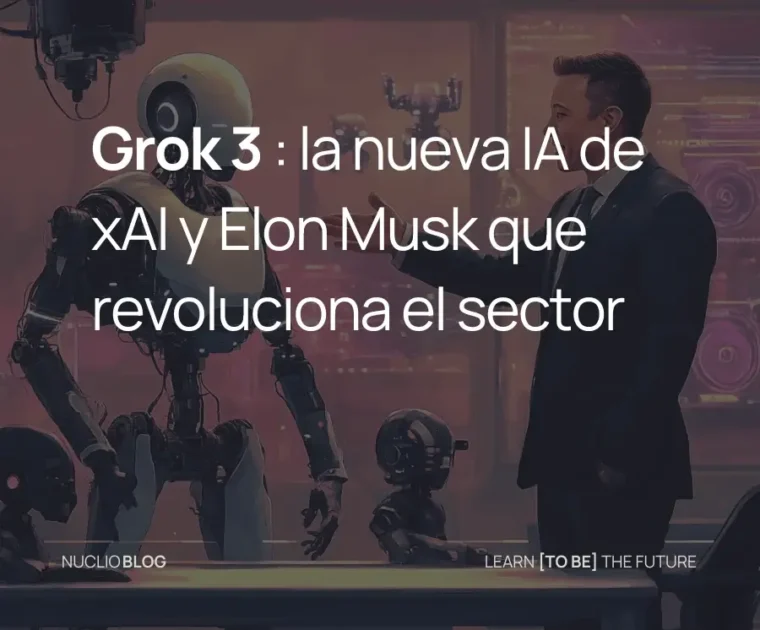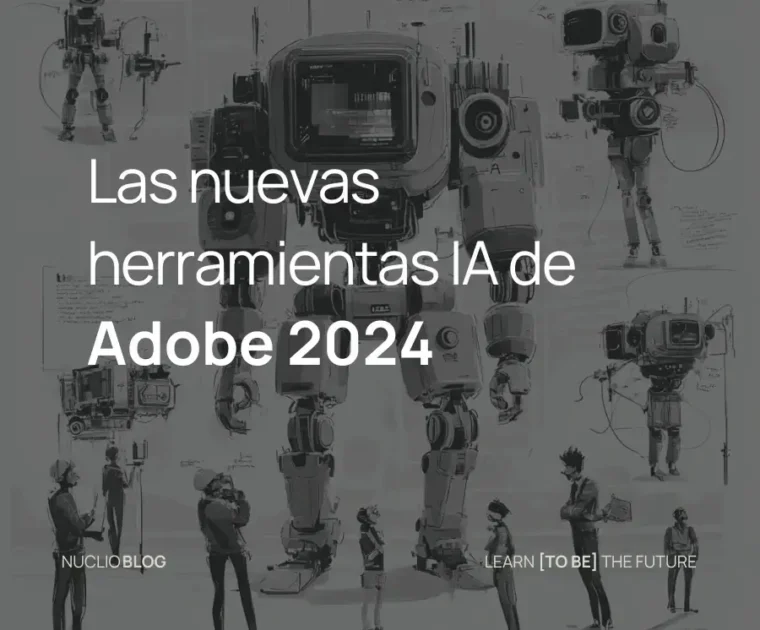Tiempo de lectura: 21 minutos


Tiempo de lectura: 21 minutos

Tiempo de lectura: 3 minutos

Tiempo de lectura: 4 minutos

Tiempo de lectura: 3 minutos

Tiempo de lectura: 5 minutos

Tiempo de lectura: 3 minutos

Tiempo de lectura: 3 minutos

Tiempo de lectura: 6 minutos

Tiempo de lectura: 7 minutos

Tiempo de lectura: 5 minutos

Tiempo de lectura: 9 minutos

Tiempo de lectura: 6 minutos

Tiempo de lectura: 4 minutos

Tiempo de lectura: 5 minutos

Tiempo de lectura: 5 minutos

Tiempo de lectura: 4 minutos

Tiempo de lectura: 4 minutos

Tiempo de lectura: 5 minutos

Tiempo de lectura: 7 minutos

Tiempo de lectura: 6 minutos

Tiempo de lectura: 6 minutos

Tiempo de lectura: 4 minutos

Tiempo de lectura: 3 minutos

Tiempo de lectura: 3 minutos

Tiempo de lectura: 6 minutos

Tiempo de lectura: 4 minutosSon profesiones que las empresas solicitan para lograr recopilar conocimientos fundamentales y mejorar el rendimiento empresarial para crecer en el mercado. Pero…

Tiempo de lectura: 3 minutos

Tiempo de lectura: 4 minutos

Tiempo de lectura: 5 minutos

Tiempo de lectura: 4 minutos

Tiempo de lectura: 4 minutos

Tiempo de lectura: 3 minutos

Tiempo de lectura: 4 minutos

Tiempo de lectura: 3 minutos

Tiempo de lectura: 5 minutos

Tiempo de lectura: 6 minutos

Tiempo de lectura: 5 minutos

Tiempo de lectura: 5 minutos

Tiempo de lectura: 4 minutos

Tiempo de lectura: 4 minutos